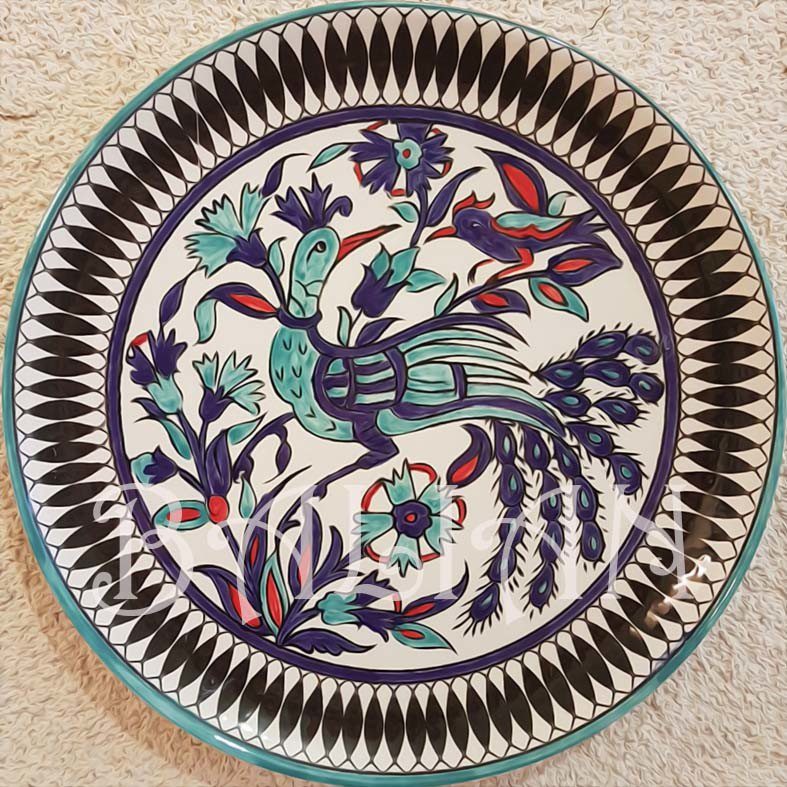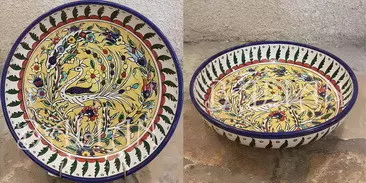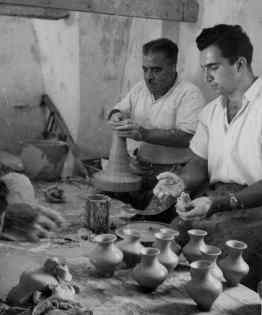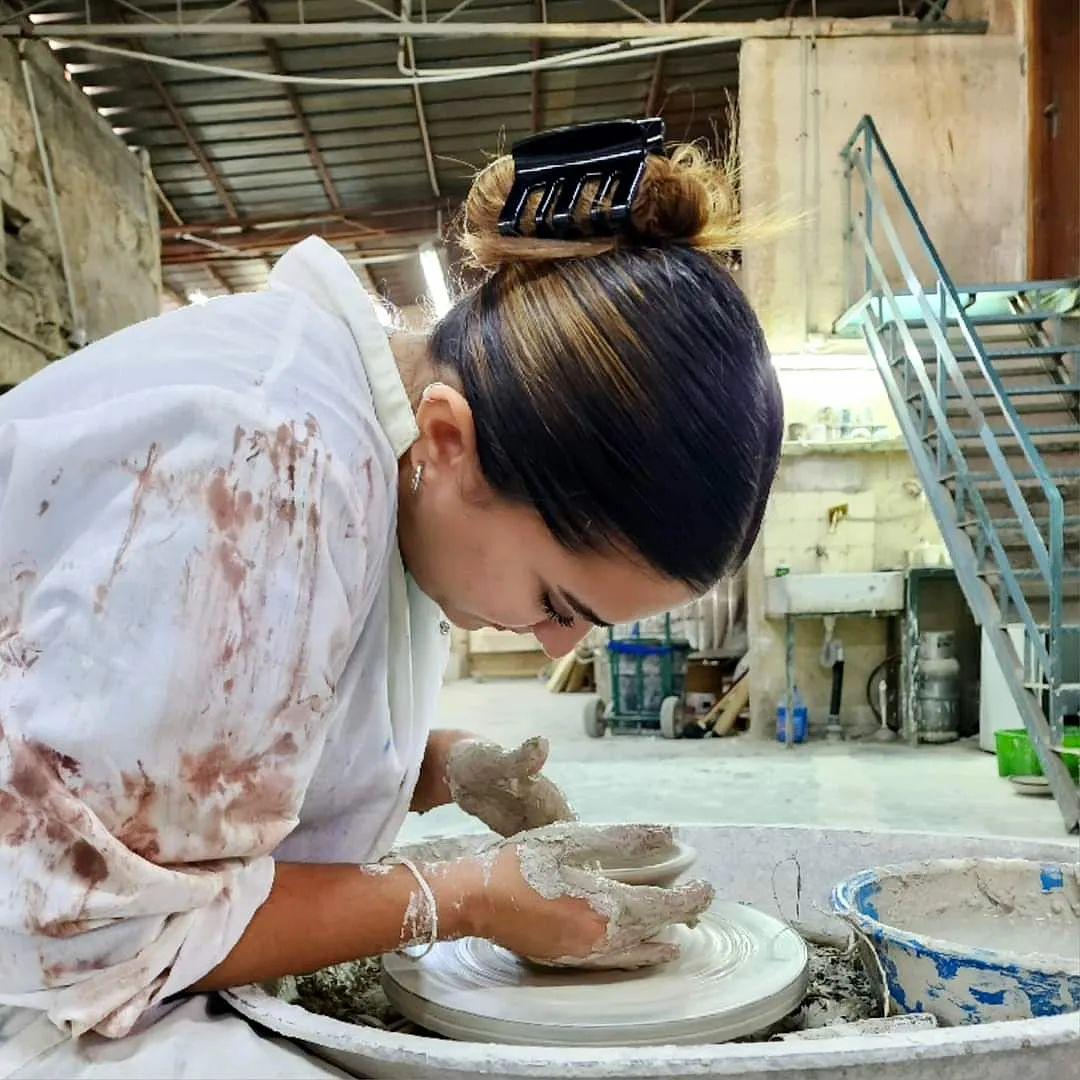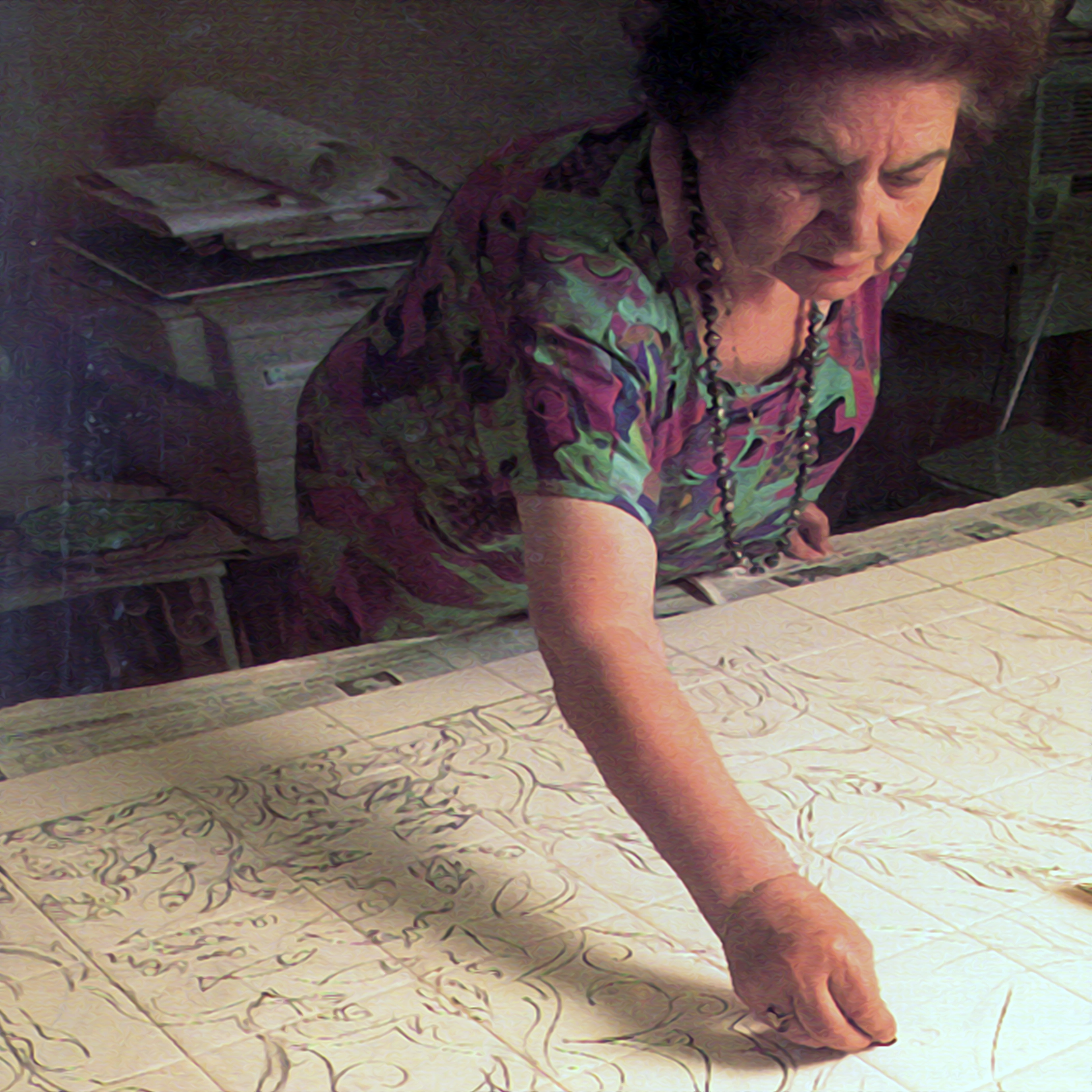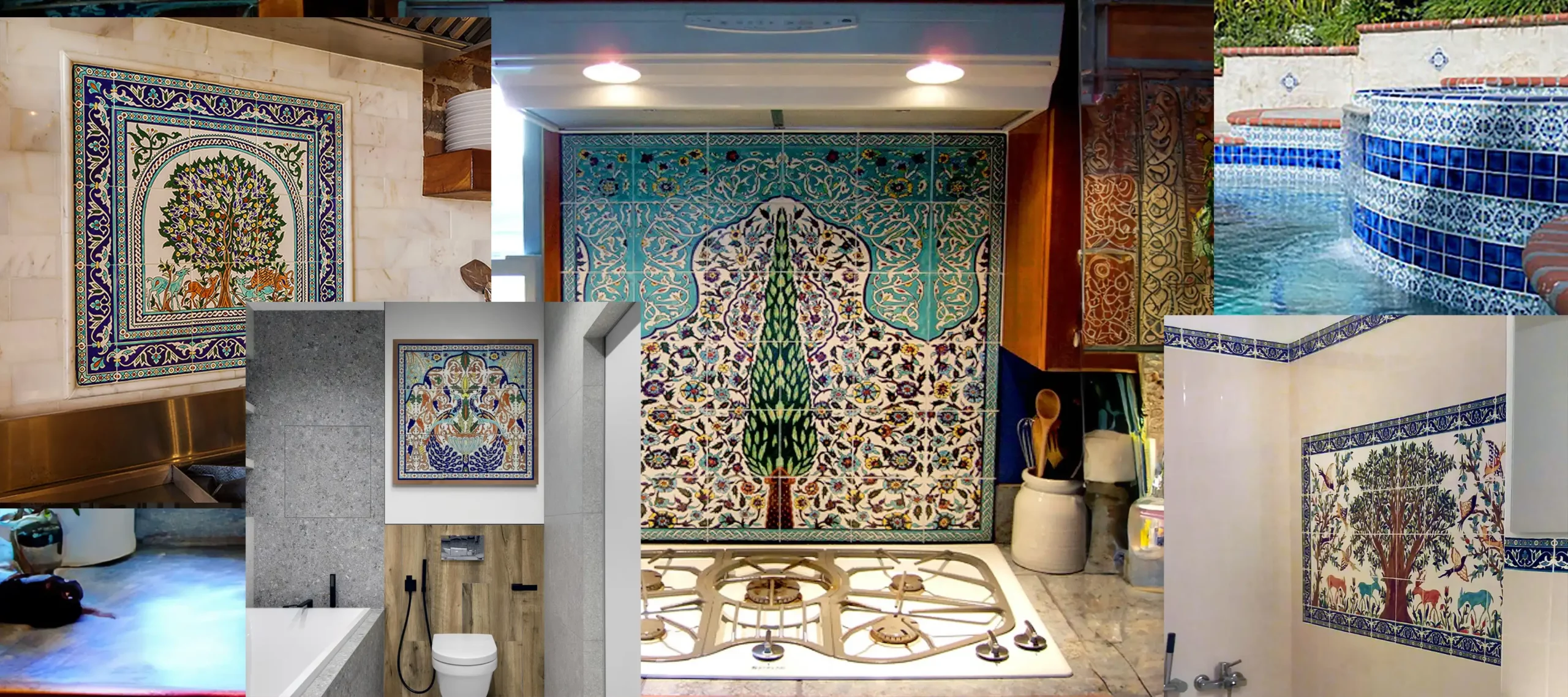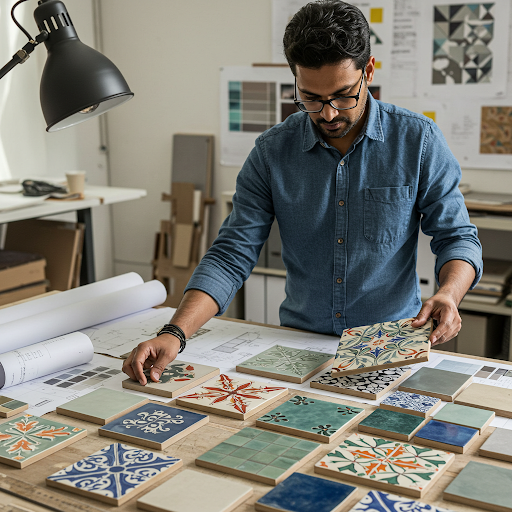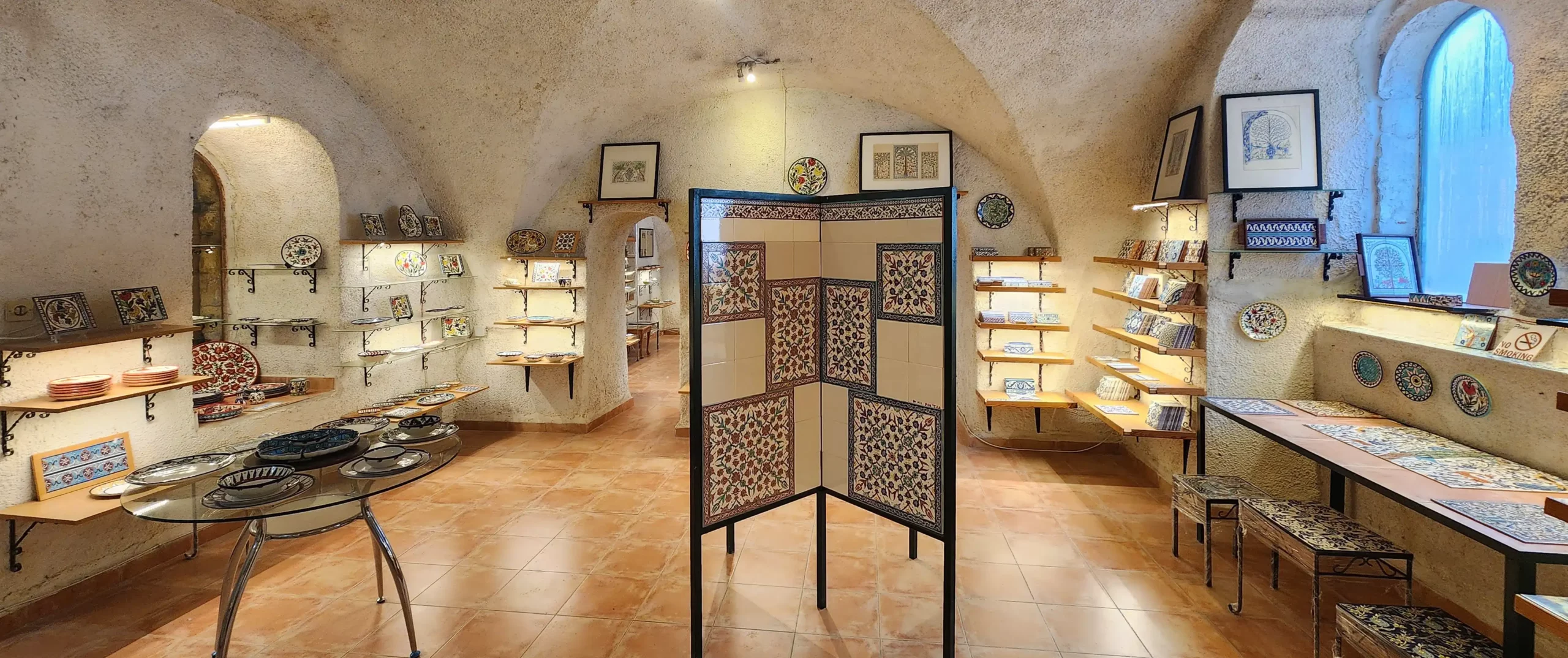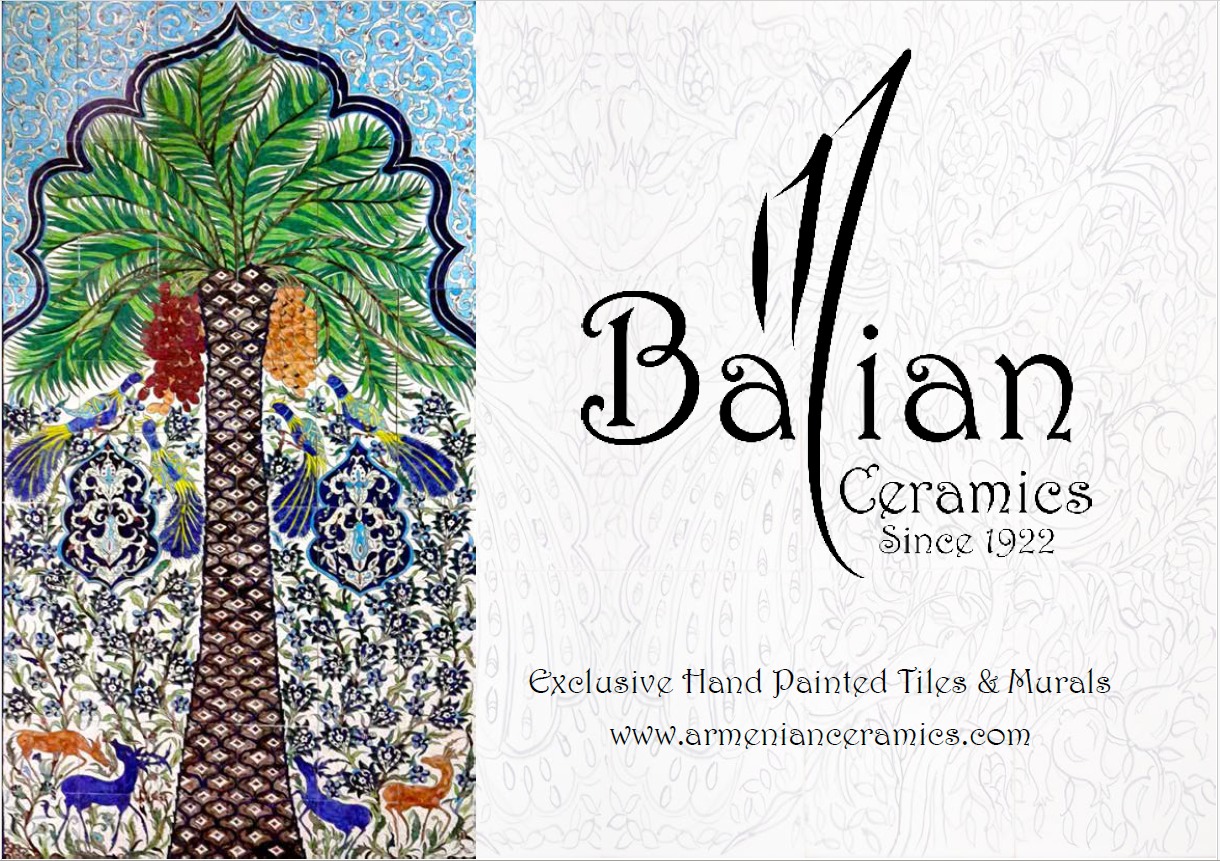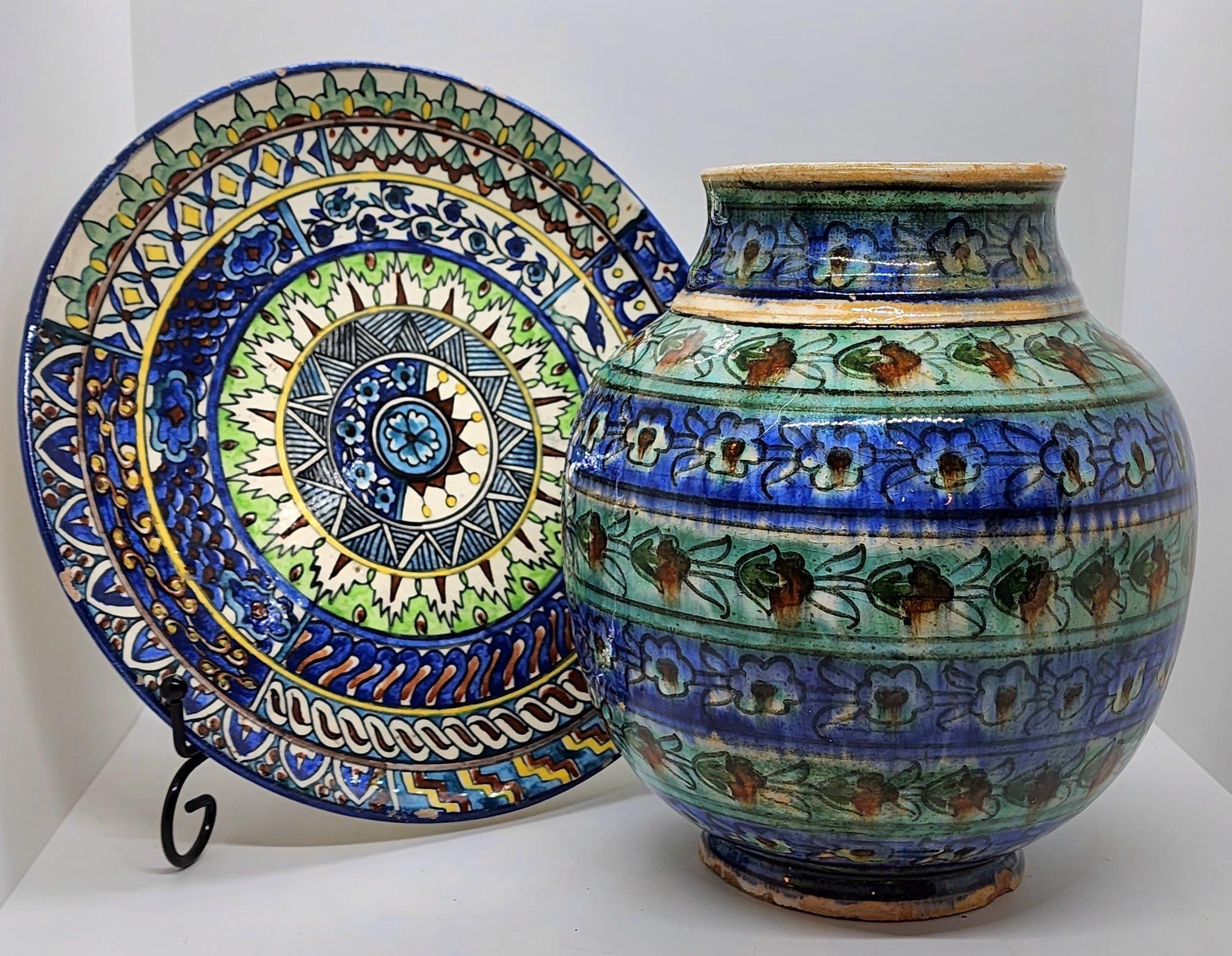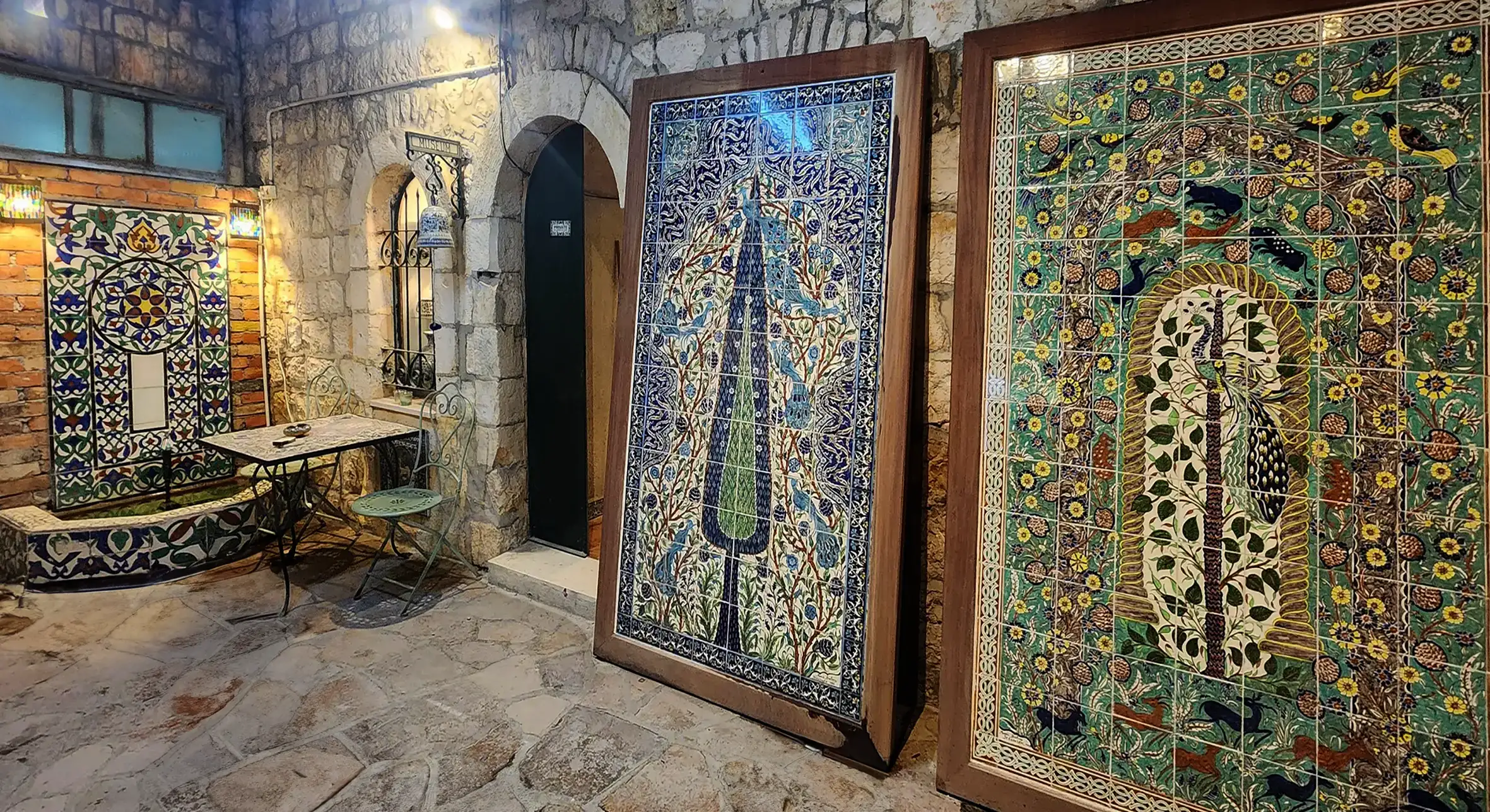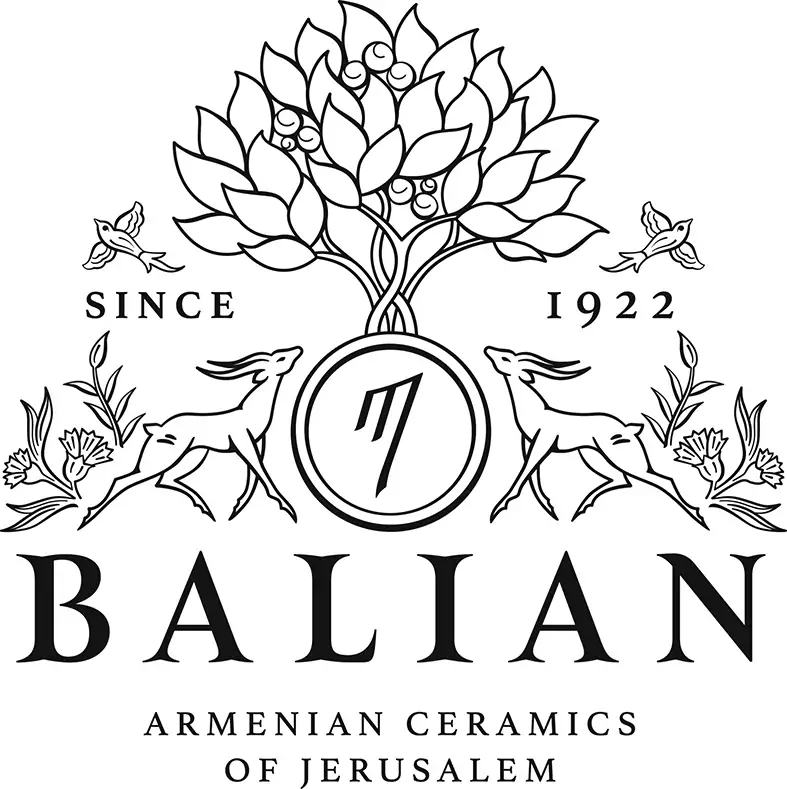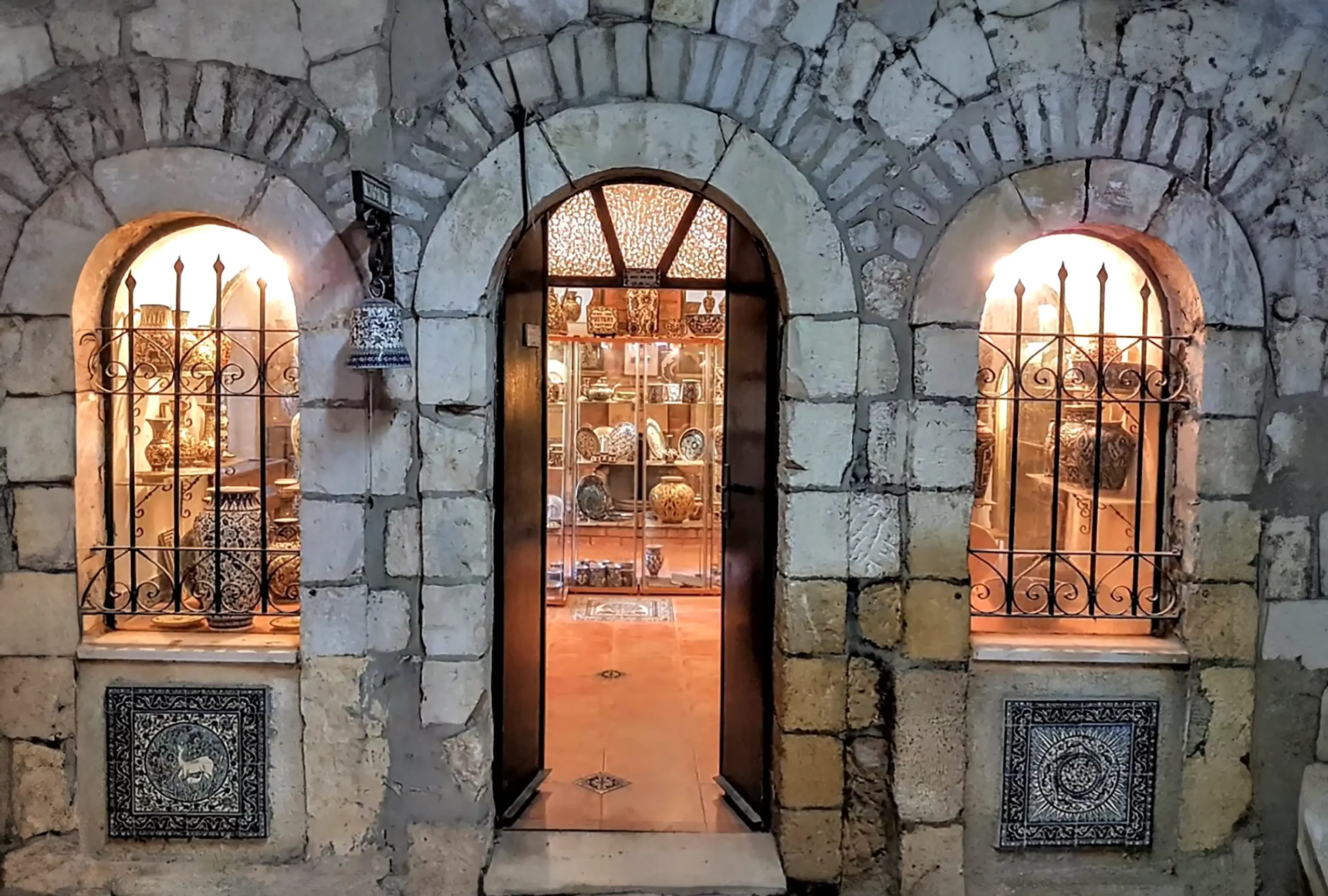
Opening hours
Monday - Saturday: 9.00am - 5.00pm
Closed Sundays and Holidays
Please give us a call on +972 2 6282826
To make an appointment or simply request an appointment online.
Why visit our Museum?
A Legacy in Clay: The Balian Armenian Ceramics Museum of Jerusalem
Step into the Balian Museum and you'll embark on a journey through more than a century of Balian ceramics excellence, an art form that has not only survived but thrived amidst the tumultuous history of the Middle East. Unlike browsing online, a visit allows you to fully appreciate the meticulous craftsmanship and the rich narrative behind each piece.
This living history is a testament to the resilience of the Balian family and their craft. The museum's extensive collection reveals how Balian ceramics endured and adapted through significant regional conflicts, including the 1948, 1967, and 1973 Arab-Israeli wars, as well as various Intifadas and ongoing conflicts that continue to shape the region. This unwavering commitment to their art allowed them to preserve a unique cultural heritage against all odds.
The museum's collection showcases the rich evolution of Balian pottery, featuring everything from historical Kutahya tiles to the masterful works of David Ohanessian (1919-1945). You'll see pieces from the joint workshop of Balian & Karakashian (1922-1963), pottery from the Jordanian period (1963-1967), and a display of Balian pottery spanning all the way to 2025. A highlight of the museum is the breathtaking tile murals of world-renowned muralist, Marie Balian.
Seeing these works in person is an immersive and inspiring experience. You'll witness the incredible detail and quality of the tiles, offering a unique opportunity to find the perfect pieces for your own design projects. Plan your visit to the Balian Museum today and prepare to be captivated by the artistry, history, and extraordinary story of survival of hand-painted ceramics.
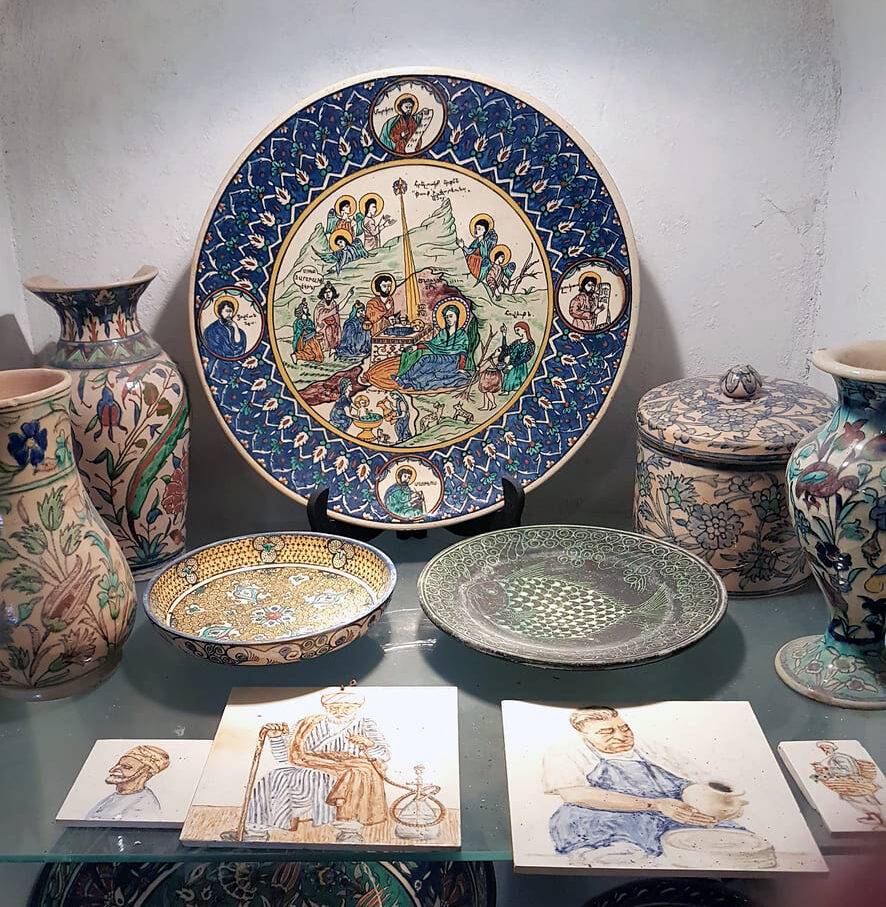

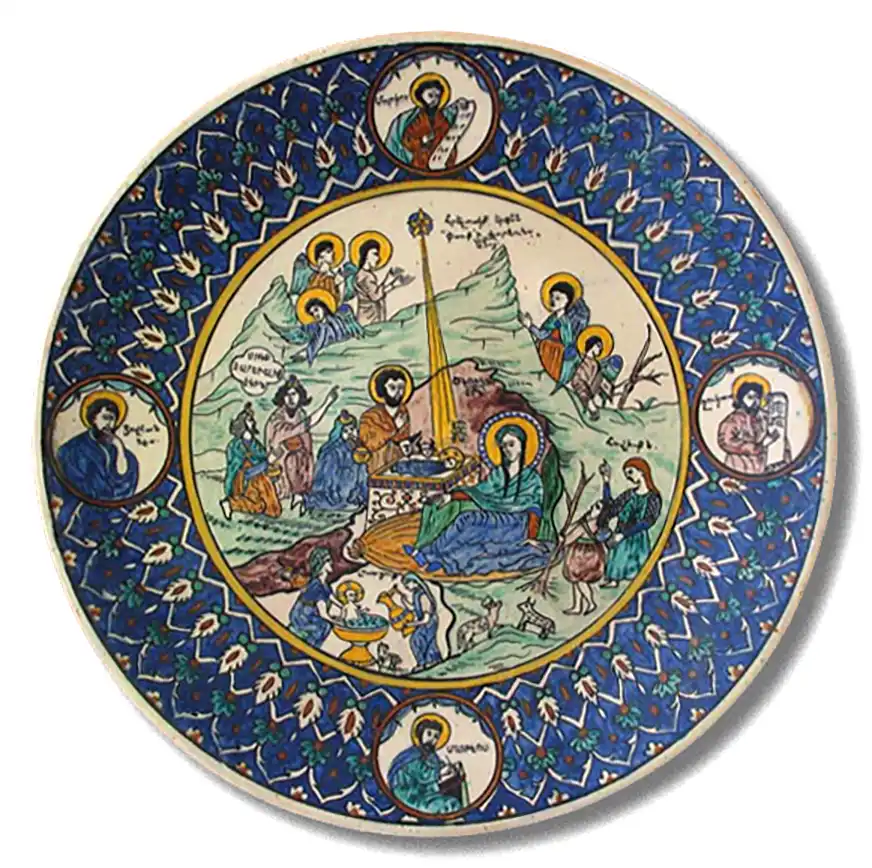
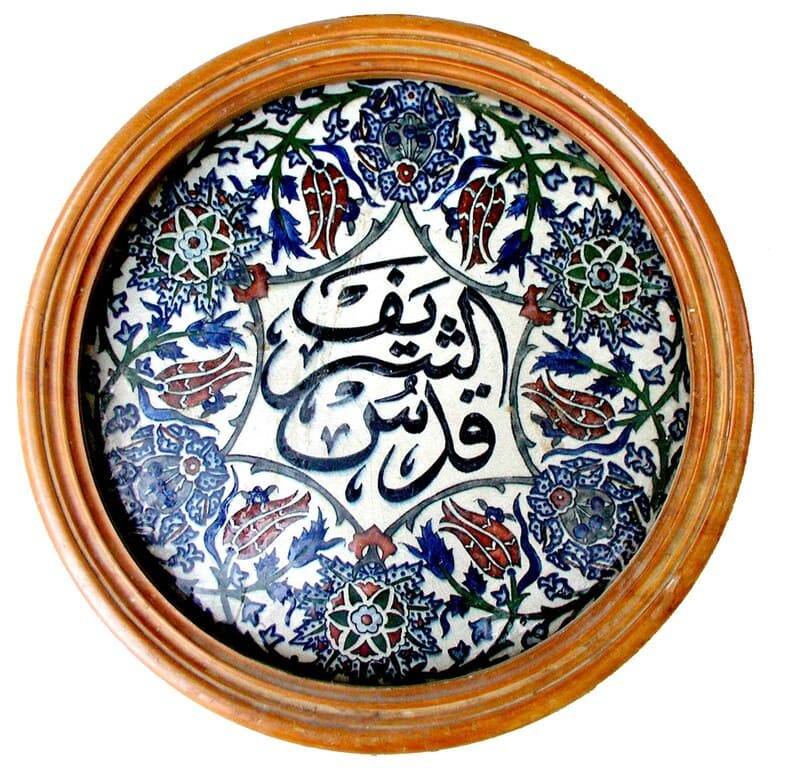
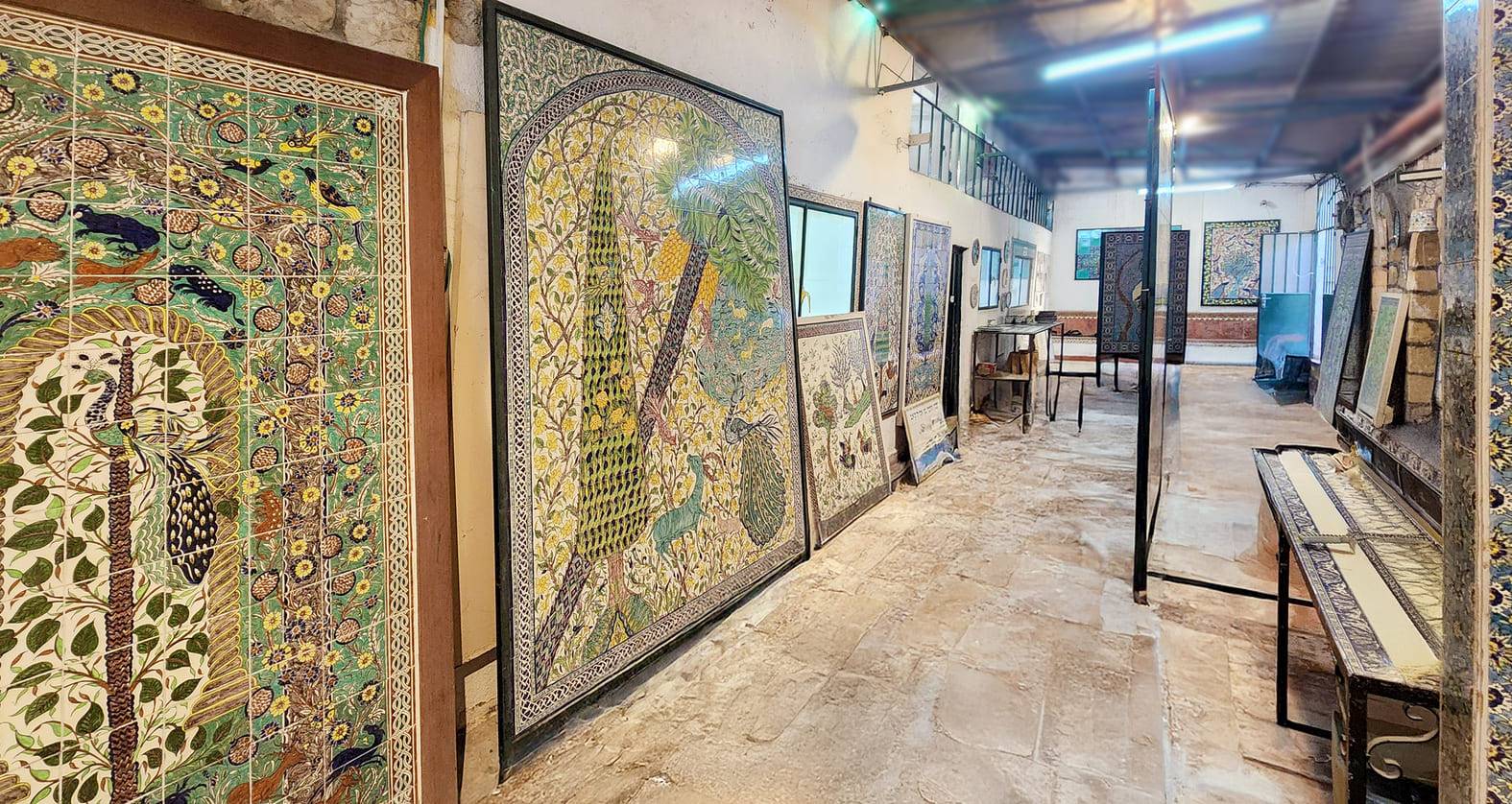
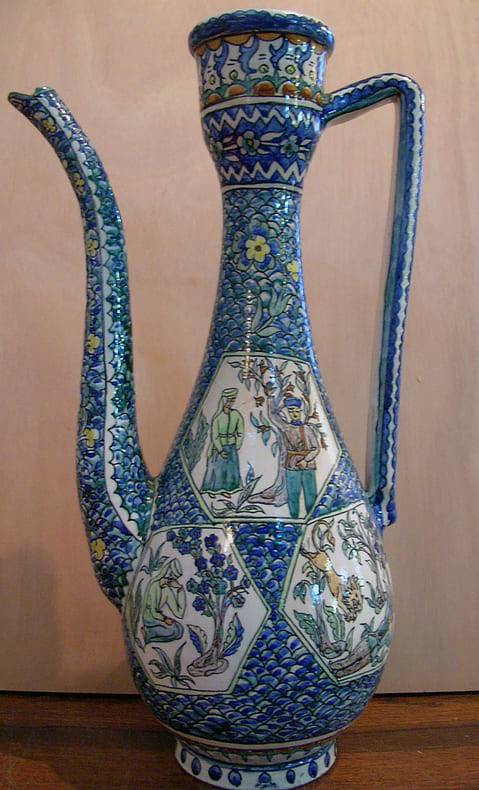
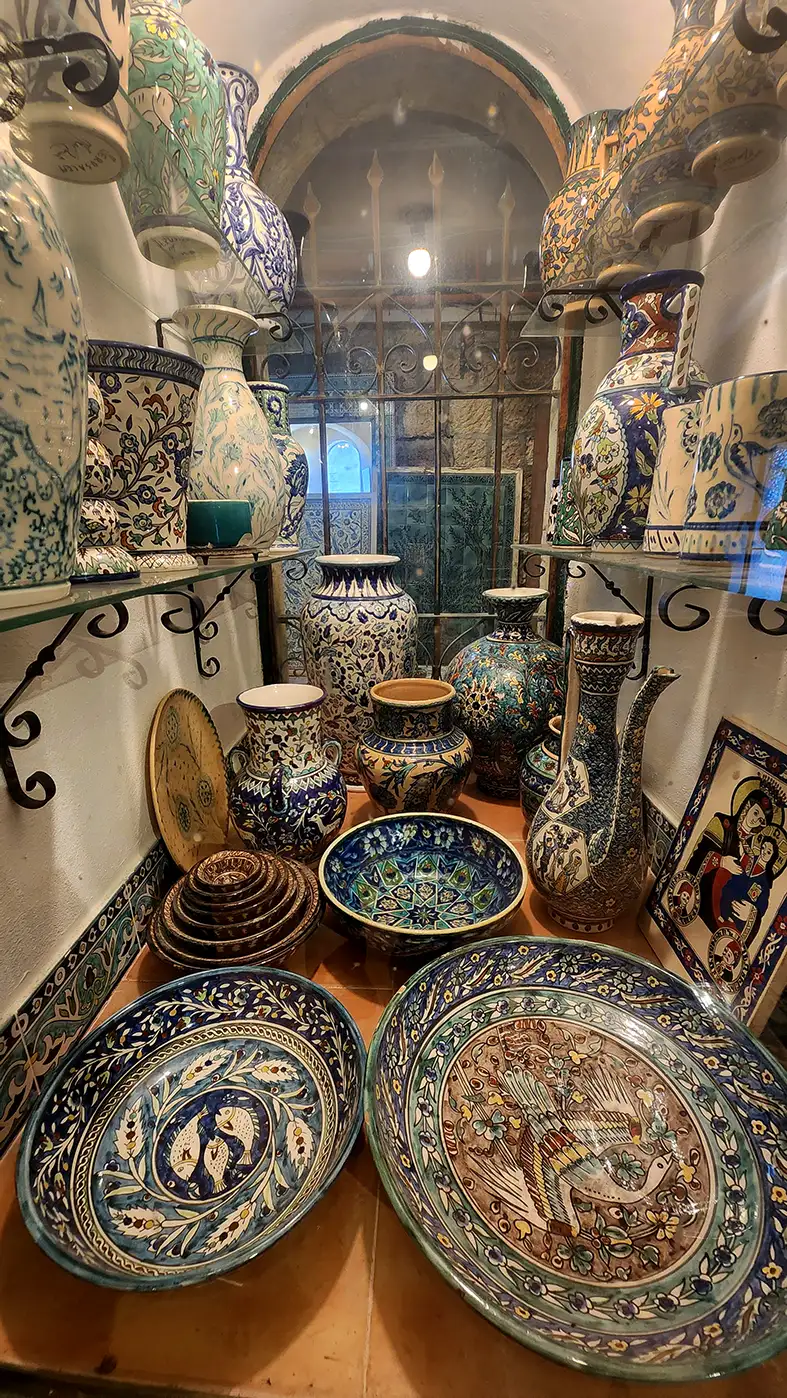
Make the most of your visit
Experience the legacy of the Balian family's century-long journey in crafting exquisite tiles since 1922.
The Balian Museum entrance with the old kiln shelves as the floor tiles. The Marie Balian Tile Murals on the right are some of the pieces displayed at the Smithsonian Museum of Washington, DC, in 1992. To the left you see a fountain, which was part of an order for a mosque in 1966. Unfortunately, due to the 1967 Arab Israeli War, we could not send the tiles to Kuwait so we made a fountain out of these tiles.

